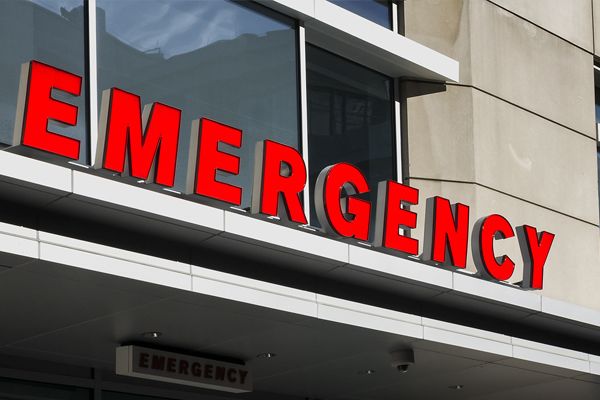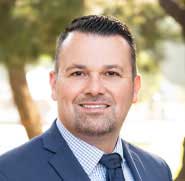Measuring Practice Success and Patient Care:
Track Emergency Room Visits
Eric Urquiza, Sr. Vice President of Operations & Client Experience at AristaMD
$8.3 billion is spent annually on emergency department care that could be provided in another location. The Health Care Cost Institute estimates the average cost of an ED visit at $1,917.
Avoidable visits are frequently related to chronic conditions, particularly behavioral health, diabetes, and hypertension. They are also caused by the escalation of symptoms while patients wait for a specialist appointment. Symptoms like chest pain, shortness of breath, abdominal pain.
Using eConsults to care for patients you expect will wait weeks or months can reduce avoidable ED visits by offering interim care.
4.7% of eConsults are requested after emergency discharge. The consults are for conditions you may not expect, including dizziness, fractures, and Thrombocytopenia (low blood platelet count). eConsult specialists respond with practical solutions that minimize the risk that patients will return to the ED – medication changes and mobility interventions.
Monitoring patient conditions post-discharge from the ED can reveal areas where an eConsult could have helped avoid an ED visit or better treat the patient post-discharge.

How eConsults Reduce Overuse of Emergency Room Visits
Many issues drive overuse of emergency room visits by low acuity patients. Reduced access to specialists, long patient wait times for specialist visits and poor patient understanding of how to manage chronic conditions are a few examples. eConsults mitigate these disparities in care and access.
In many healthcare systems, hospital closures, practice consolidations, and a lack of access to specialty providers mean patients must travel far or wait a long time to receive care. This is true for conditions and complaints within a wide range of specialties in rural and urban communities.
Low-acuity patients can quickly access specialists within the primary care setting. eConsults enable primary care physicians to create and manage expedient care plans while reducing ER visits and improving care delivery.
How eConsults Help Reduce Overuse of Emergency Departments
eConsults help avoid ER visits and expensive specialty referrals because they allow the PCP to address issues before complications arise. Unlike informal curbside consultations, formal eConsult platforms, like AristaMD’s care coordination platform, streamline the physician referral process and improve outcomes for patients.
eConsult technology enables PCPs to obtain a formal consultation from a specialist, including exchanging patient health information (PHI) and a signed summary report for the patient record.

Eric Urquiza
Sr. Vice President of Operations & Client Experience at AristaMD
Eric has 20 years of experience driving transformational healthcare IT programs, advancing patient care, improving access and outcomes for patients through technological solutions. He has been successful in leading many strategic client relationships and increasing provider adoption of telehealth solutions, ultimately leading to strong efficacy for underserved populations throughout the country. Eric holds a Master of Business Administration from the University of Redlands.
